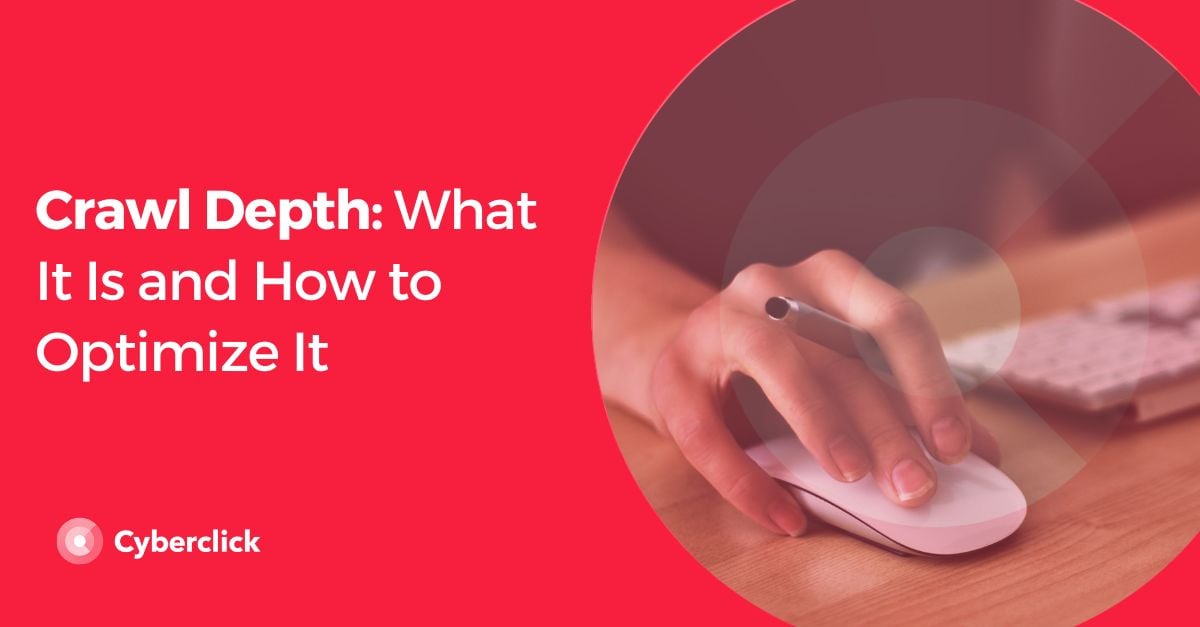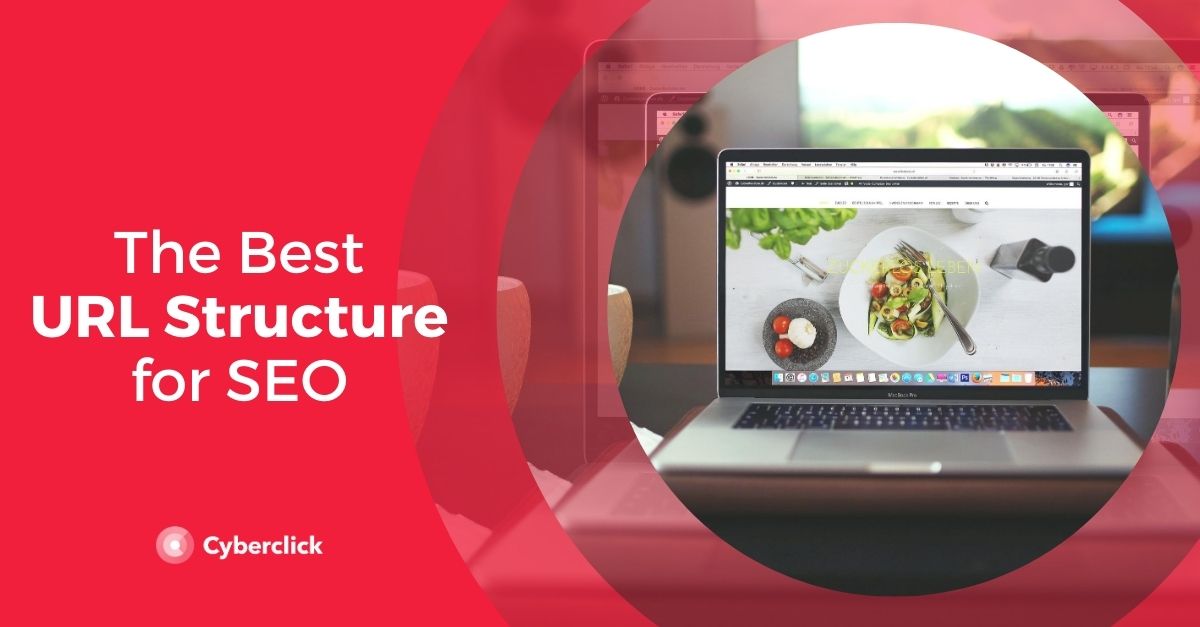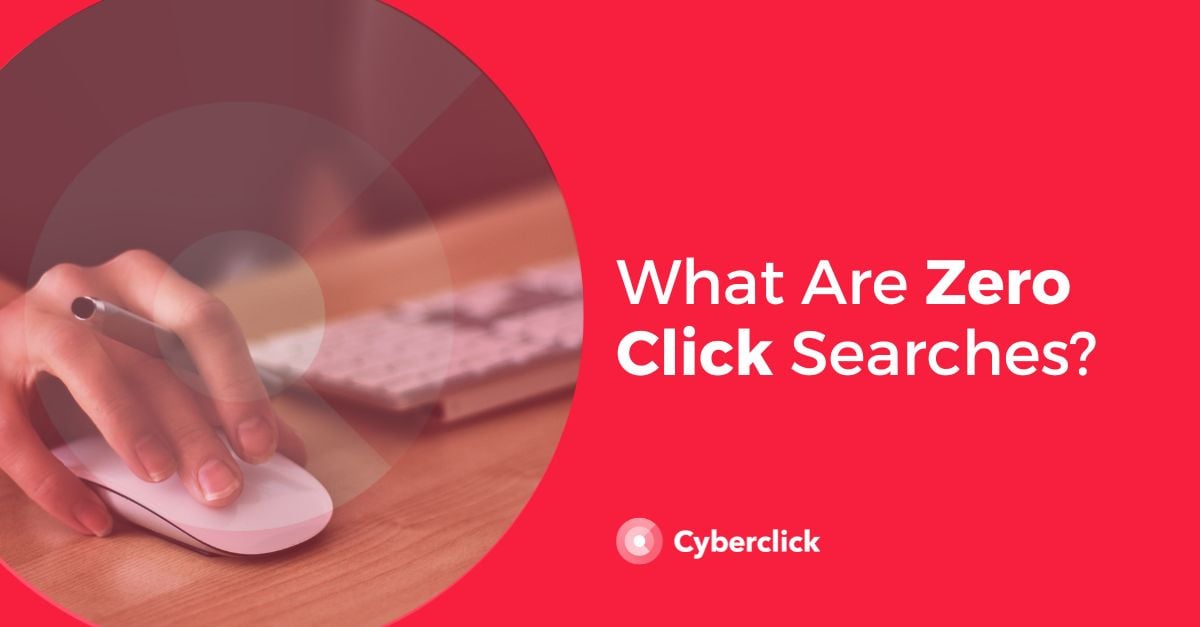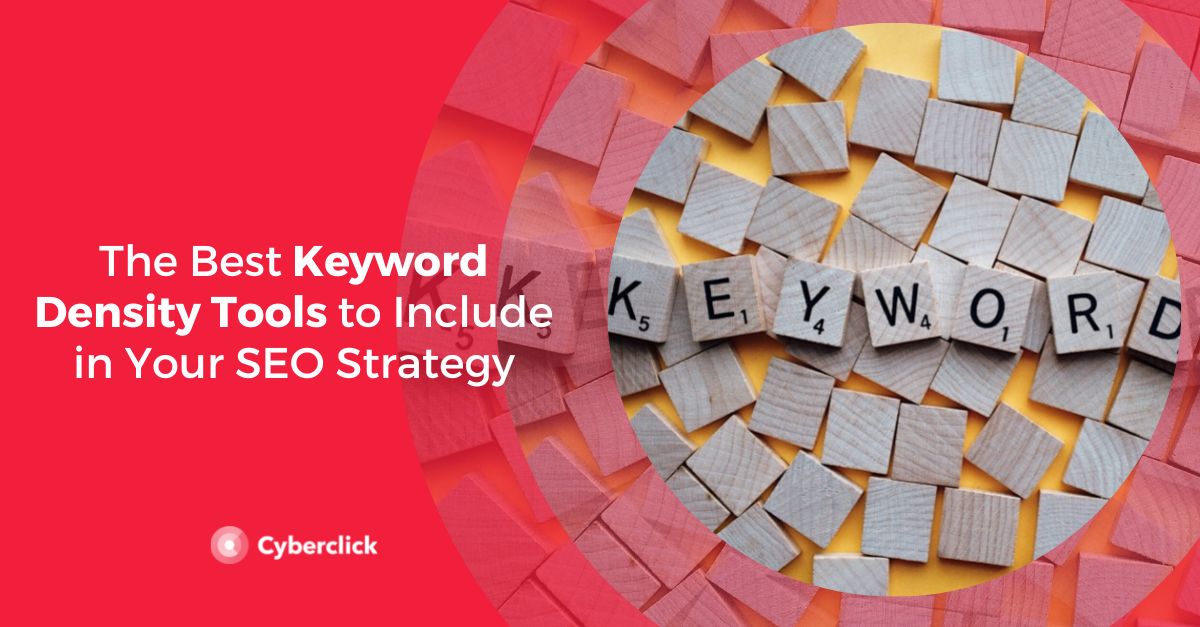Crawl Depth is an important metric within SEO, as it refers to the level of depth which the bots of search engines like Google must reach to find a web page. Knowing how to optimize this is fundamental to improving your positioning.

Definition of Crawl Depth or Depth of Indexation on Google
Crawl Depth is the measure by which search engines index content. It is used to find out how many clicks a person has to make to reach a piece of content from the moment he/she enters a web page.
The more clicks the user has to make to reach the content, the more likely it is that the user will abandon the web page. Knowing this data not only helps in SEO positioning, but also improves the user experience.
Four levels of depth are usually identified:
Level 0: the home page
Level 1: main categories
Level 2: subcategories
Level 3: products
These are the levels that search engines should be able to reach. It is not recommended to have more because that could make navigation more difficult for the user.
Importance of Crawl Depth in SEO
Crawl Depth is much more important than it may seem when it comes to SEO positioning, since it allows search engines to know the structure of a web page. It also makes navigation much easier for the user and improves their experience.
When the structure and distribution of a web page is good, users are able to reach the content they want quickly and easily, without having to make too many clicks. This reduces the bounce rate, which is valued very positively by Google and other search engines.
Tips to Improve and Optimize Your Crawl Depth or Depth of Indexation
To improve the crawler of Google or any other search engine you can take into account the following.
Take care of your links. There should be no broken links or links that cannot be crawled. You want to be sure to avoid the famous 404 error. It is also important not to exceed the number of internal links or redirects, as this makes Google's crawling much more complicated.
Remove the NoFollow attribute for internal links because it makes it more difficult for Google bots to move.
The pages that generate more traffic should be on the home page or reachable within just a few clicks to facilitate both positioning and easy access.
It is also advisable to follow a horizontal structure that has no more than the four levels mentioned above, in addition to being logical for the user.
Responsable de la estrategia de contenidos y visibilidad en Cyberclick, con enfoque Allbound y especialización en posicionamiento SEO, GEO y automatización con IA. Gestión avanzada del CRM con HubSpot: base de datos, workflows, lead nurturing, scoring y reporting. Experiencia en marketing digital, comunicación corporativa y periodismo, uniendo estrategia, creatividad y tecnología para captar y convertir leads cualificados.
Responsible for content and brand visibility strategy at Cyberclick, with an Allbound approach and specialization in SEO, GEO (Generative Engine Optimization), and AI-powered automation. Advanced HubSpot CRM management: database segmentation, workflows, lead nurturing, scoring, and reporting. Background in digital marketing, corporate communications, and journalism—combining strategy, creativity, and technology to attract and convert qualified leads.






Leave your comment and join the conversation